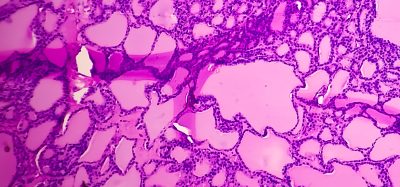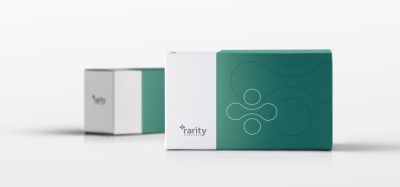However, the novel compound solves both of these problems in one go. Not only is it activated by infrared or red light which can penetrate deep into the tumour, but it also directly damages DNA within cells without having to rely on oxygen.
The researchers have tested the compound on skin cancer models and observed that it kills cancer cells deep into these tumours. According to the team, the next step in their studies will investigate skin models, testing whether the compound can kill the tumour but leave healthy skin undamaged.
Lead researcher Professor Jim Thomas, from the University of Sheffield’s Department of Chemistry, said: “PDT is potentially a very attractive way to treat diseases such as skin cancer as it only works when the laser light is applied, so the effect can be focused into a specific place on or in the body. The sensitiser we have developed can potentially solve the two main problems that prevent PDT from being a commonly used anticancer treatment.”
The research was published in the Journal of the American Chemical Society.









